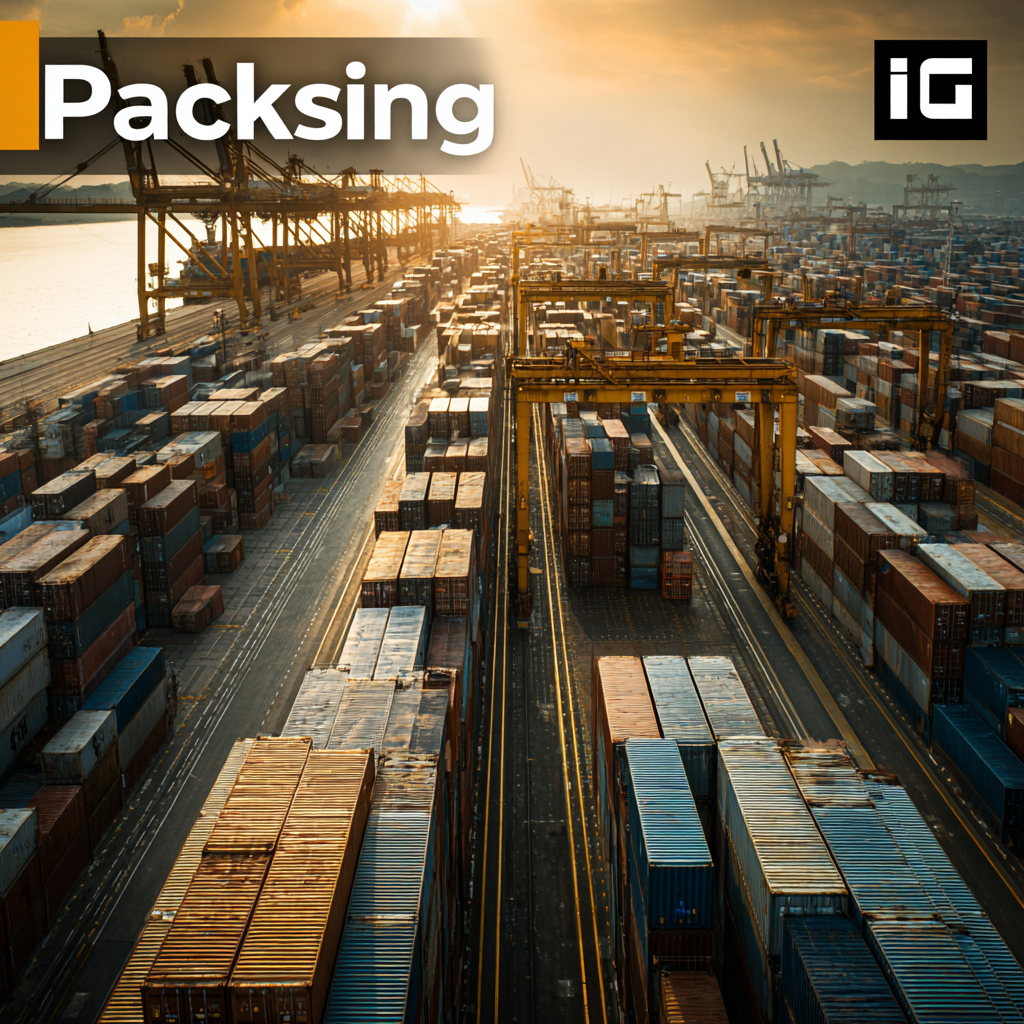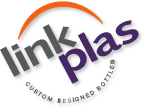Navigating Global Standards in Packaging Business Certification for Import Export Success
In today's increasingly interconnected world, the Packaging Business stands at the crossroads of innovation and regulation, presenting both challenges and opportunities for companies engaged in import and export. Navigating the complex landscape of global standards is crucial for successful certification processes, which can determine a company's ability to penetrate international markets effectively. As businesses strive to meet varied compliance requirements, understanding the nuances of packaging regulations across different regions becomes imperative.

This blog will explore various examples that illustrate how adhering to these global standards not only enhances product safety and quality but also strengthens brand credibility and consumer trust in the highly competitive packaging sector. By equipping stakeholders with the necessary insights, we aim to empower them to achieve success in their international trade endeavors.
Understanding International Packaging Standards and Regulations
Navigating the complex landscape of international packaging standards and regulations is crucial for businesses engaged in import and export. According to a report by the World Packaging Organisation, the global packaging market is projected to reach USD 1 trillion by 2024, which underscores the importance of adhering to various packaging standards to ensure compliance and competitiveness. Different regions impose unique regulations; for instance, the European Union mandates stringent recycling and sustainability measures under the Circular Economy Package, compelling companies to innovate in their packaging strategies.
To succeed in the global market, businesses must familiarize themselves with the critical packaging standards relevant to their products. One tip is to stay updated with guidelines from organizations like ISO (International Organization for Standardization), which offers standards such as ISO 11607 for sterile barrier systems in healthcare packaging. Moreover, conducting a thorough assessment of target markets can reveal specific requirements, such as labeling languages, material safety, and waste management regulations.
Additionally, investing in training for staff about international standards can alleviate compliance challenges. Implementation of an internal audit process not only ensures adherence to regulations but also enhances product quality and marketability. By maintaining strict compliance with these standards, companies can capitalize on export opportunities and build strong reputation in the global arena.
Key Certification Types for Import and Export in the Packaging Industry
In the dynamic landscape of the packaging industry, understanding the key certification types for import and export is crucial for achieving business success. Certification not only ensures compliance with international standards but also enhances product credibility among global consumers. For packaging businesses seeking to expand their reach, certifications like ISO (International Organization for Standardization), CE marking, and the Forest Stewardship Council (FSC) can significantly impact market entry and competitiveness. These certifications demonstrate adherence to quality, safety, and environmental standards, which are increasingly valued by consumers and regulators alike.
Navigating the complex import and export procedures, particularly in regions like Vietnam, requires careful attention to documentary requirements such as the Certificate of Origin (CO). This document verifies the origin of the goods and can influence tariffs and trade agreements. Moreover, understanding the implications of Delivered Duty Paid (DDP) can streamline trade operations by clarifying responsibilities for costs and risks associated with shipping. As global trade continues to evolve, leveraging the right certifications and understanding regulatory environments will be pivotal for businesses aiming to thrive in the packaging market.

How Compliance Can Enhance Market Opportunities and Business Growth
In today's competitive landscape, compliance has evolved from being a mere regulatory obligation to a vital catalyst for business growth and market expansion. For businesses in sectors such as laundry detergents and environmental health and safety, adhering to global standards not only mitigates risks but actively opens doors to new opportunities. The estimated market size for laundry detergents is projected to reach $5.7809 billion by 2025, with a compound annual growth rate (CAGR) of 3.1% anticipated until 2033. This indicates a growing demand where compliance with packaging and certification standards could enhance product appeal and consumer trust.
Moreover, the environmental health and safety market exemplifies the substantial benefits of robust compliance strategies, with a forecasted value of $2.709755 billion by 2033, driven by an impressive CAGR of 12.99%. Companies can leverage compliance to build a brand reputation that resonates with increasingly conscientious consumers. By embracing regulations not just as a shield but as a strategic tool, businesses can innovate, diversify their offerings, and ultimately drive sustainable growth in a rapidly changing global marketplace. Compliance is not just about meeting requirements; it is about maximizing potential and fostering long-term success.
Navigating Global Standards in Packaging Business Certification
This chart illustrates the correlation between various packaging certifications and market opportunities across several regions. The data reflects the percentage of businesses reporting increased market access following compliance with global standards.
Cost-Benefit Analysis of Obtaining Packaging Certifications
In the competitive landscape of international trade, obtaining packaging certifications can significantly influence a company's market position. Businesses assessing the cost-benefit balance of these certifications must consider not only the direct financial implications but also the enhanced credibility and trust that come with compliance. Certifications often lead to improved relationships with suppliers and customers, as they demonstrate a commitment to quality standards and sustainability.
Moreover, the long-term advantages of packaging certifications, such as access to new markets and reduced risk of non-compliance penalties, often outweigh initial costs. While the investment in certification processes may seem daunting, it can foster innovation and efficiency in packaging design, ultimately resulting in better product protection and reduced waste. By conducting a thorough cost-benefit analysis, companies can strategically position themselves for export success, ensuring that their packaging meets global standards while aligning with consumer expectations.
Navigating Global Standards in Packaging Business Certification for Import Export Success - Cost-Benefit Analysis of Obtaining Packaging Certifications
| Certification Type | Cost (USD) | Time to Obtain (Months) | Benefits | Market Value Increase (%) |
|---|---|---|---|---|
| ISO 9001 | 1500 | 6 | Improved quality management | 15 |
| FSC Certification | 800 | 3 | Sustainable sourcing | 10 |
| CE Marking | 1200 | 4 | Access to EU market | 20 |
| Kosher Certification | 1000 | 2 | Expanded market reach | 12 |
| BRC Certification | 2000 | 5 | Improved food safety standards | 18 |
Navigating Challenges in Achieving Global Packaging Certification Standards
Achieving global packaging certification standards can be a complex endeavor for businesses engaged in import and export. One of the foremost challenges is the diverse regulatory requirements set by different countries, which often change based on environmental concerns, safety protocols, and trade agreements. Companies must stay updated on these evolving standards to avoid penalties and ensure compliance. This necessitates investing time and resources into understanding the specific packaging certification requirements of each target market.

Another significant hurdle is the integration of sustainable packaging solutions, which is increasingly becoming a requirement rather than a choice. Adopting eco-friendly materials and methodologies fosters compliance with global standards, yet it also demands substantial changes in supply chain processes. Companies must balance cost-effectiveness with environmental responsibilities, often leading to a high-stakes game for businesses striving to maintain competitiveness while adhering to global norms. Engaging with certified consultants and investing in crucial training can ease this transition, although it involves navigating upfront costs and potential operational disruptions.
CONTACT US
|
